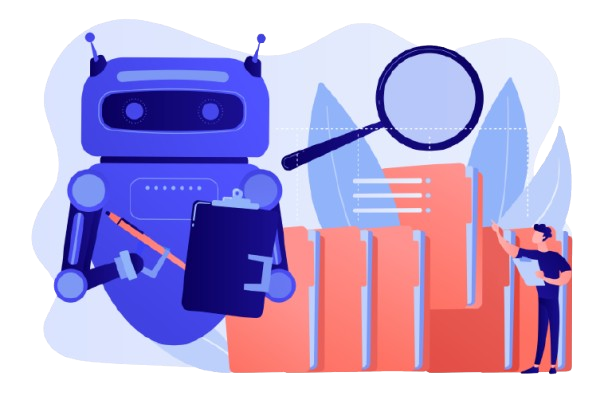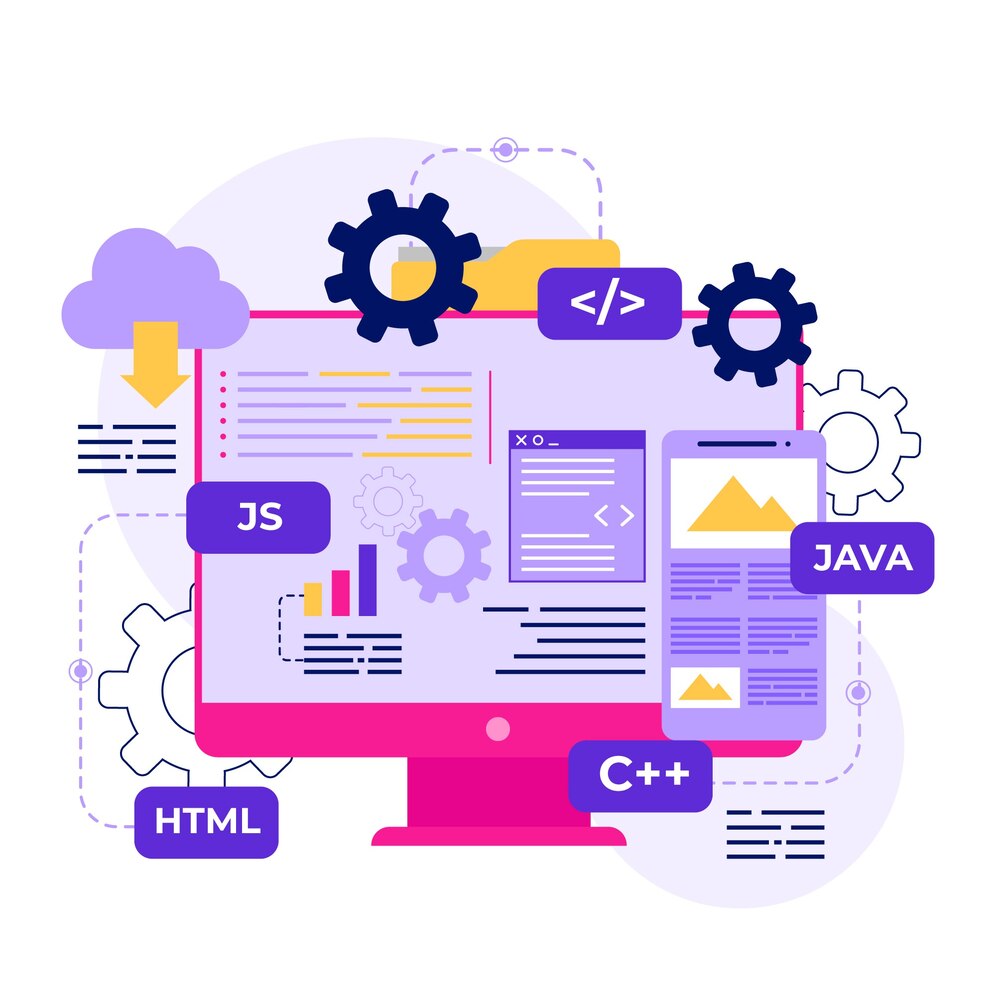AI agents are transforming the way we approach software development. These agents are more than just tools; they are autonomous systems capable of perceiving, deciding, and acting on their own to solve complex problems. Whether you’re a seasoned developer or just exploring AI for the first time, understanding AI agents and their potential can open the door to creating truly innovative applications.
What Are AI Agents?
Imagine a software program that doesn’t just follow predefined instructions but can sense its environment, make decisions, and take actions to achieve a goal. That’s what an AI agent does. These agents operate in a loop: they perceive input, process it to make decisions, and then perform actions based on those decisions.
There are several types of AI agents, each suited to different tasks:
-
Reactive Agents: These are straightforward and respond directly to the current situation without referencing past experiences. Think of them as rule-followers.
-
Deliberative Agents: They rely on reasoning and planning, often using a model of their environment to make informed decisions.
-
Learning Agents: These agents get smarter over time, adapting to new inputs and refining their actions through methods like machine learning.
-
Multi-Agent Systems: Sometimes, multiple agents work together, either collaborating or competing to achieve individual or shared goals.
Why Are AI Agents So Powerful?
AI agents bring a new level of intelligence and automation to software systems. They’re capable of handling repetitive tasks, enhancing user experiences with personalization, and scaling operations in ways that traditional systems can’t match. For example, imagine an AI-powered customer service bot that not only answers questions but learns from each interaction to improve its responses. Or think about an AI agent in logistics, optimizing routes in real time to save fuel and reduce delivery times.
The flexibility and autonomy of AI agents make them ideal for applications across industries, from healthcare and finance to gaming and e-commerce.
How Developers Can Work with AI Agents
Building an AI agent might seem daunting, but with the right approach and tools, it’s a manageable and rewarding process. Here’s how you can get started:
Define the Problem
First, identify what you want your AI agent to accomplish. Be clear about its goals and the environment it will operate in. For instance, is it a chatbot for customer service? A recommendation engine? An autonomous drone? Knowing the specifics will guide your design choices.
Choose the Right Tools
The tools you use depend on your project’s complexity. Platforms like LangChain are excellent for creating agents powered by large language models (LLMs), while TensorFlow and PyTorch are great for training custom models. If you need scalability, consider distributed systems like Ray’s RLlib.
Design the Architecture
AI agents typically include these core components:
-
Perception: This is how the agent gathers input, whether through natural language processing, computer vision, or sensor data.
-
Decision-Making: The brain of the agent, where it decides what actions to take. This might involve simple logic or advanced machine learning algorithms.
-
Actions: The output or tasks the agent performs, like sending a message or moving an object.
-
Feedback Loop: This allows the agent to learn from its successes and failures, improving over time.
Train Your Agent
If your agent uses machine learning, it’ll need training. Gather relevant datasets and use tools like TensorFlow or PyTorch to train your model. Testing is equally crucial—simulate real-world scenarios to ensure your agent performs well before deploying it.
Deploy and Monitor
Once your agent is ready, it’s time to put it into action. Deploy it in your target environment, whether that’s a web app, a mobile app, or an IoT device. Monitoring is essential to track performance and make updates as needed. Many tools offer dashboards and analytics to help you keep an eye on your agent’s behavior.
Real-World Applications
AI agents are already making waves in various fields:
Virtual Assistants: Siri, Alexa, and Google Assistant are prime examples, helping users with tasks like setting reminders or controlling smart devices.
Customer Support: Chatbots powered by AI agents handle queries, freeing up human agents for more complex tasks.
Business Automation: Agents can schedule meetings, draft emails, or analyze reports.
Gaming: Non-player characters (NPCs) in games use AI agents to interact with players dynamically.
Healthcare: AI agents assist in diagnosing conditions, analyzing medical images, or even offering mental health support.
Best Practices for Developers
If you’re ready to dive into building AI agents, keep these tips in mind:
-
Start Small: Don’t aim for perfection right away. Build a simple prototype to validate your idea.
-
Use Pre-Trained Models: Save time by leveraging existing models for tasks like language processing or image recognition.
-
Iterate Constantly: Your agent will get better with each update. Use user feedback and performance data to refine it.
-
Consider Ethics: AI should be fair, transparent, and respectful of privacy. Always evaluate your agent’s impact on users.
Final Thoughts
AI agents are revolutionizing how software is built and used. By automating complex tasks and adapting to dynamic environments, they’re enabling developers to create smarter, more efficient systems. Whether you’re building a simple chatbot or a sophisticated multi-agent system, the possibilities are vast. Embrace the potential of AI agents, and you might just create something that changes the game.



